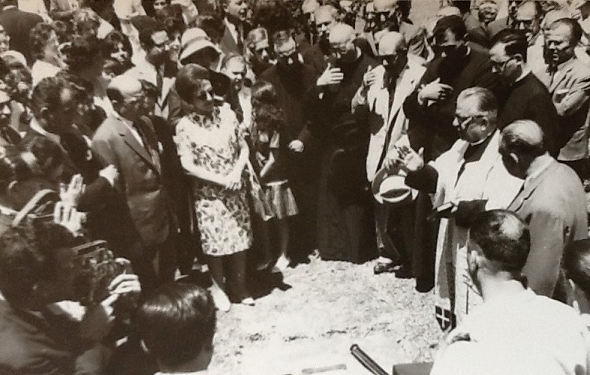Self Image Making of the Diasporic Artists: "The Sousveillance Strategies in the Diasporic Art of Middle Eastern Diaspora"
DOI:
https://doi.org/10.24847/44i2017.122Keywords:
image making, self image, diaspora, diasporic artists, Middle Eastern, selfie art, surveillance, borders, stereotyping, self-surveillance, sousveillance, self exposure, Middle Eastern diaspora, ethnographic, resistance, public sphereAbstract
I explore in this paper how Middle Eastern diaspora’s art that I call “selfie art” resists against surveillance techniques and technologies in everyday life beyond territorial borders such as public stigma and stereotyping in the host countries in North America. My analysis is composed of three stages: (1) The study of self-surveillance as a method of sousveillance and how self-exposure becomes an object of art; (2) the relation between self-design and politico-ethical allegiance in the visual abundant society through the case of the imagery of Middle Eastern diaspora; (3) ethnographic observations in diasporic art events as well as in-depth interviews with artists and content analysis of various online and offline artworks. I argue that the sousveillance strategies of diasporic art coincide with the resisting communities that negotiate with technologies of surveillance to lead a state of equiveillance in the visual public sphere.
Published
Issue
Section
License
Copyright (c) 2017 Balca Arda

This work is licensed under a Creative Commons Attribution-NonCommercial-NoDerivatives 4.0 International License.
Authors who publish with this journal agree to the following terms:
- Authors retain copyright and grant the journal right of first publication with the work simultaneously licensed under a Creative Commons Attribution-NonCommercial-NoDerivatives 4.0 International License, which allows others to share the work with an acknowledgement of the work's authorship and initial publication in this journal.
- Authors are able to enter into separate, additional contractual arrangements for the non-exclusive distribution of the journal's published version of the work (e.g., post it to an institutional repository or publish it in a book), with an acknowledgement of its initial publication in this journal.
- Authors are permitted and encouraged to post their work online (e.g., in institutional repositories or on their website) prior to and during the submission process, as it can lead to productive exchanges, as well as earlier and greater citation of published work (See The Effect of Open Access).
The content of this journal is licensed under a Creative Commons Attribution-NonCommercial-NoDerivatives 4.0 International License.


